The Real Guide to Growing Peonies That’ll Outlive You
They’re Not Just Flowers, They’re Heirlooms
I’ve been knee-deep in gardens for over twenty years, and if there’s one plant that’s taught me about patience and payoff, it’s the peony. I’ll never forget one of my first big jobs. I was tasked with reviving a row of enormous peonies planted along an old stone wall. They were planted by the owner’s grandmother decades ago—a bit scraggly and forgotten, but still pushing out these incredible, classic white flowers with a tiny splash of crimson.
In this article
That single job taught me more than any book ever could. Peonies aren’t a one-season wonder; they’re a long-term commitment. Honestly, with the right start, they can easily outlive the person who planted them. We all want that instant, perfect garden, but a peony makes you earn it. Get the foundation right, and it will reward you for the rest of your life. This guide is all about that—the real-deal, practical stuff I’ve learned from years in the dirt.
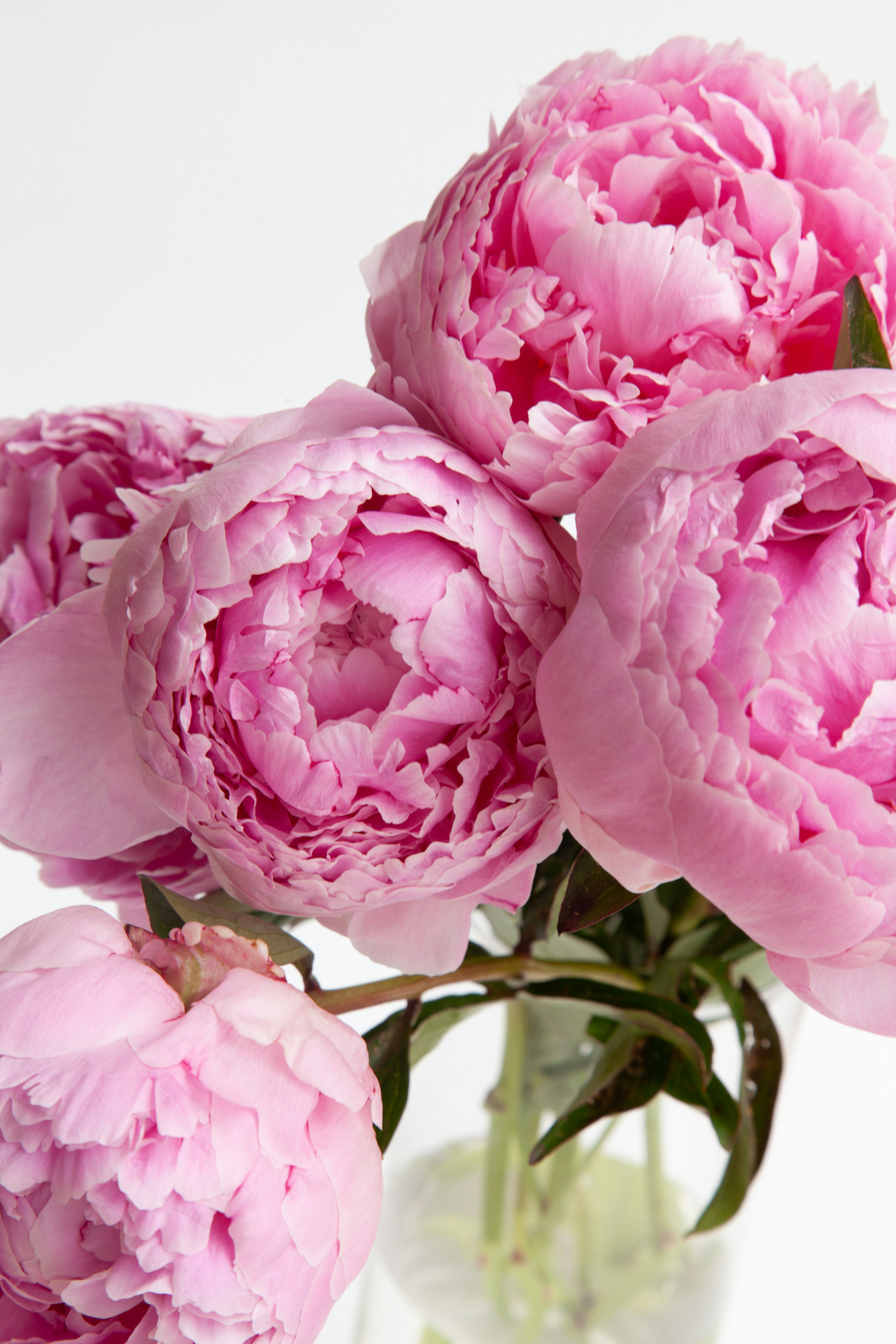
So, How Does a Peony Actually Work?
To grow a peony well, you first have to understand what it is. This isn’t some delicate annual. It’s a tough-as-nails perennial with a very specific agenda. The clumpy thing you plant, the tuberous root, is basically a power pack. All winter, it’s just sitting there, storing up energy for the big spring show. Those little reddish bumps you see on the top, called ‘eyes,’ are the buds for next year’s stems and flowers. Everything is already there in miniature, waiting for its cue.
And that cue is a period of cold. It’s a process called vernalization, and it’s non-negotiable for most peonies. They need a certain number of chill hours, usually when temps are below 40°F (4.5°C), to wake up properly and set flowers. This is why they’re rockstars in places with cold winters (think USDA Zones 3-7) but can be a real headache in warmer climates. Without that cold snap, the plant’s internal alarm clock never goes off. You’ll get leaves, sure, but no flowers.
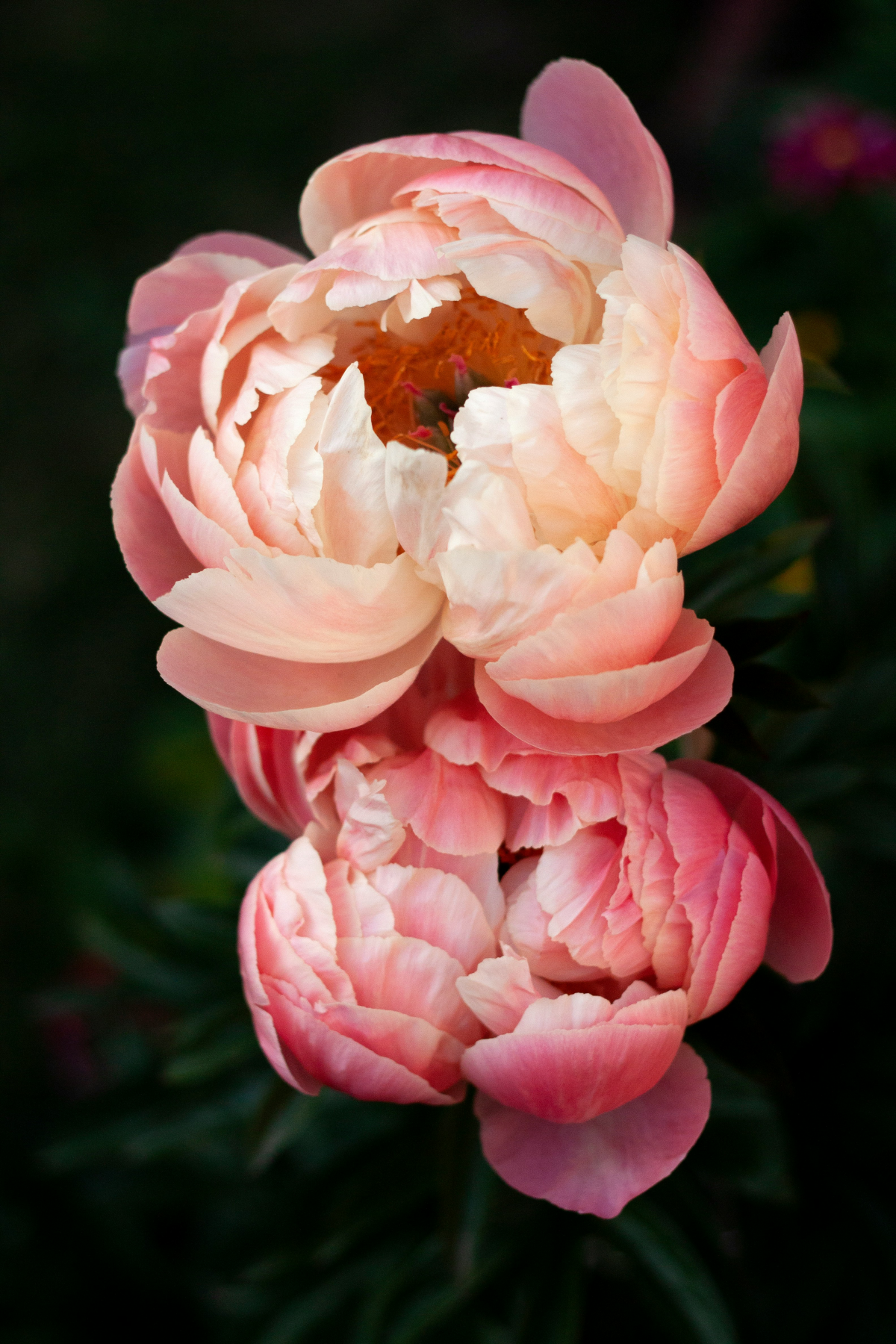
Sunlight is the other half of the deal. Peonies are total sun-worshippers. They need at least six to eight hours of direct sun every single day. The leaves are like little solar panels, cranking out the energy needed for those huge, glorious blooms. That energy also gets sent back down to recharge the root system for the next year. A peony stuck in the shade might hang on for a while, but it’ll be a sad, spindly thing with few, if any, flowers. It’s essentially starving for light.
Let’s Talk Peony Types (No, They’re Not All the Same!)
Before you buy, it helps to know the three main players on the field. They look different, grow differently, and definitely have different price tags.
- Herbaceous Peonies: These are the classic garden peonies most people picture. They have flexible, green stems and produce those big, fluffy blooms that are amazing in a vase. They die completely back to the ground every winter and pop back up in the spring. Good to know: This is your most budget-friendly option. You can find a good quality bare root for between $20 and $60.
- Tree Peonies: Okay, don’t let the name fool you—it’s not a towering tree. It’s more of a woody shrub that keeps its branches all year long, and the new growth sprouts from that woody frame. Their flowers can be absolutely gigantic and exotic-looking. Because they’re often grafted and slower to establish, they’re a bigger investment, usually running from $75 to over $150.
- Itoh (or Intersectional) Peonies: These are the best of both worlds! They’re a hybrid between the two types above. You get the huge, unique flowers and lush foliage of a tree peony, but it conveniently dies back to the ground in the fall like an herbaceous one. They also have incredibly sturdy stems, so they rarely flop over. Price-wise, they sit right in the middle, typically from $50 to $100.
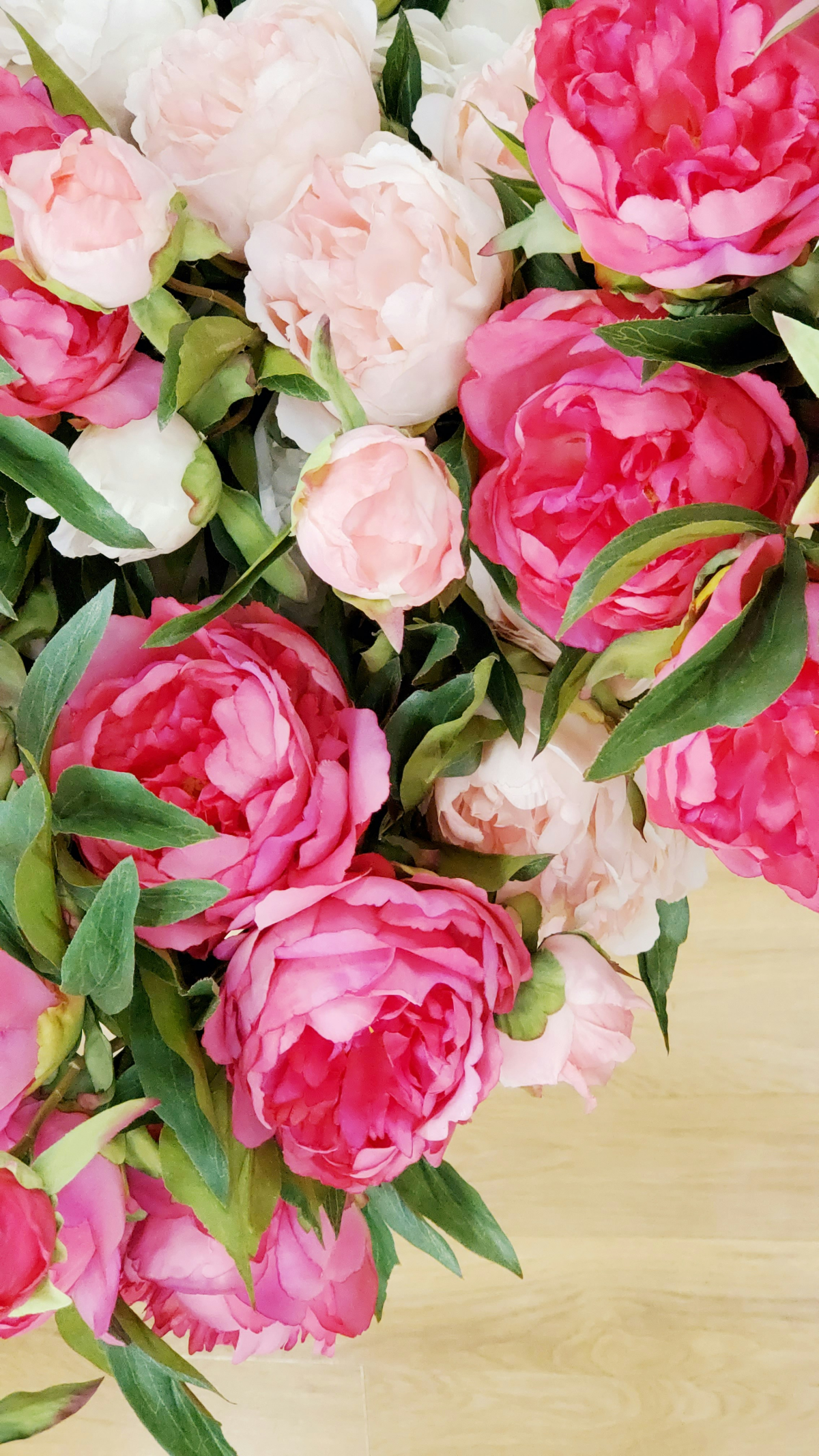
Site Selection: The Most Important Decision You’ll Make
I’m not exaggerating. The most common mistake I see is people getting the planting part wrong. You can always fix watering or feeding issues, but if you plant a peony in the wrong spot or at the wrong depth, it may never thrive.
Finding the Perfect Spot
Before you even think about digging, watch the sun in your yard for a whole day. Where do you get that solid 6+ hours of sun? That’s your spot. Air circulation is just as important. Don’t cram your peony against a dense hedge or a solid fence where the air gets stagnant. That’s just asking for fungal problems like botrytis, the arch-nemesis of peonies. A little breathing room lets the morning dew dry off quickly, which keeps the plant healthy.
Also, think ahead. Avoid planting near big trees or shrubs. It might look fine now, but in a few years, their roots will muscle in on the peony’s water and nutrients, and the peony will always lose that fight.
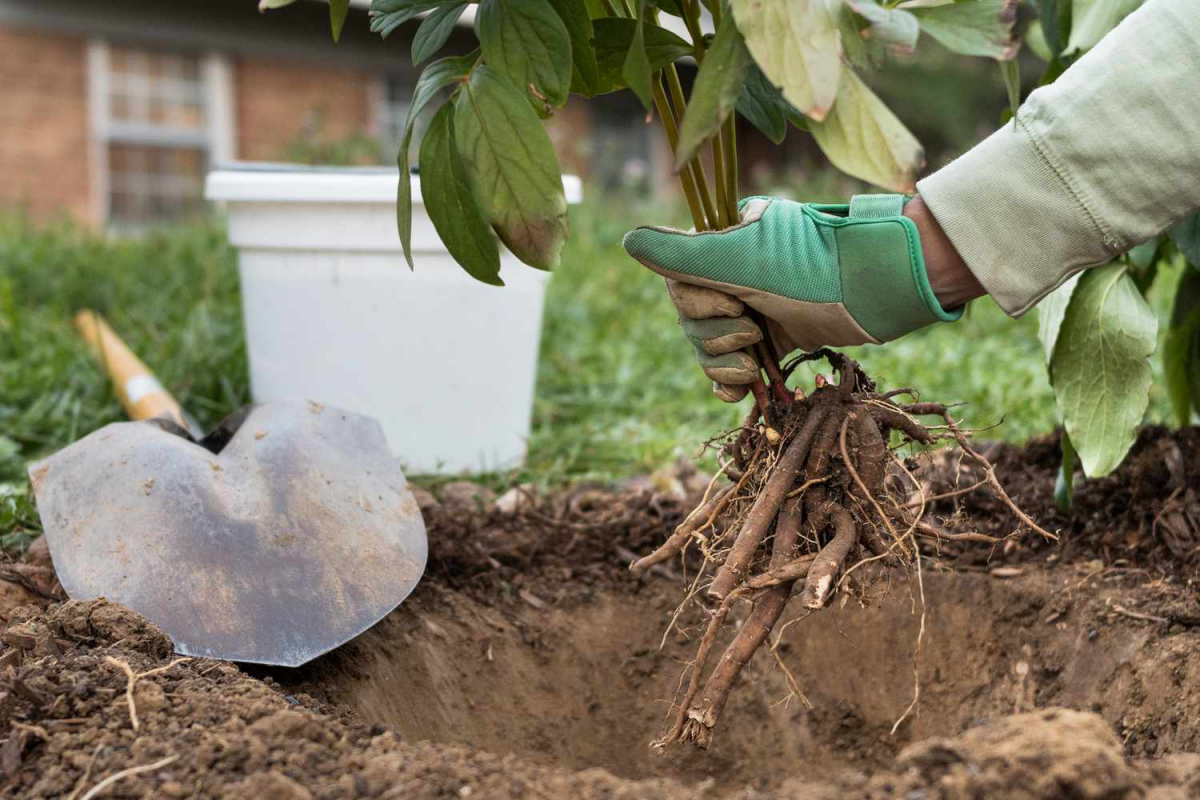
Your Pre-Planting Shopping List
To make it feel more manageable, here’s a quick list of what you’ll need to plant one peony correctly:
- A bare-root peony: Budget anywhere from $25 to $75 for a high-quality root from a reputable online nursery or local garden center. Cheaper isn’t always better here.
- One bag of compost: About $8-$10. This is for enriching the soil.
- Low-nitrogen fertilizer: Look for something like Espoma Bulb-tone or just plain bone meal. It’ll cost you around $12 for a box that will last for years.
Soil Prep and Planting Depth
Peonies absolutely demand well-drained soil. Their roots will rot in a heartbeat if they sit in water. If you have heavy clay, you’ll need to amend it. Dig a wide hole, about three feet across, and mix the soil you removed with a generous amount of compost to lighten it up.
And now for the most critical rule of all. Heads up: For herbaceous and Itoh peonies, the little pink or red ‘eyes’ on the root must be planted no deeper than 2 inches below the soil surface. In warmer zones, I’d even go a little shallower, maybe 1.5 inches. If you plant it too deep, it will get too insulated from the winter chill it needs to set buds. You’ll get a big, beautiful green bush with zero flowers. I have fixed this for so many frustrated gardeners, and the only fix is to dig it up in the fall and replant it correctly. Use a ruler!

Quick tip: If you already have a peony that never blooms, go outside right now. Gently brush the soil away from the base of the plant. If you can’t easily see the top of the crown where the stems emerge, you’ve probably just found your problem.
By the way, tree peonies are the exception. For those, you want to plant the graft union (a noticeable bulge on the stem) about 4 to 6 inches deep to encourage it to form its own roots.
Simple Care for Decades of Blooms
Once they’re settled, peonies are surprisingly low-maintenance. A few timely actions are all it takes.
Water, Fertilizer, and Support
For the first year, keep the soil consistently moist to help the roots get established. After that, they’re quite drought-tolerant, but a deep watering once a week during the spring growing season is perfect. And please, don’t over-feed them! Too much nitrogen just gives you leaves. I use a low-nitrogen fertilizer like a 5-10-10 (Espoma Bulb-tone is a great example) just once a year. In early spring, just as the red shoots poke through, I sprinkle about a half-cup around a mature plant (one that’s at least 3 years old) and scratch it into the soil. That’s it.
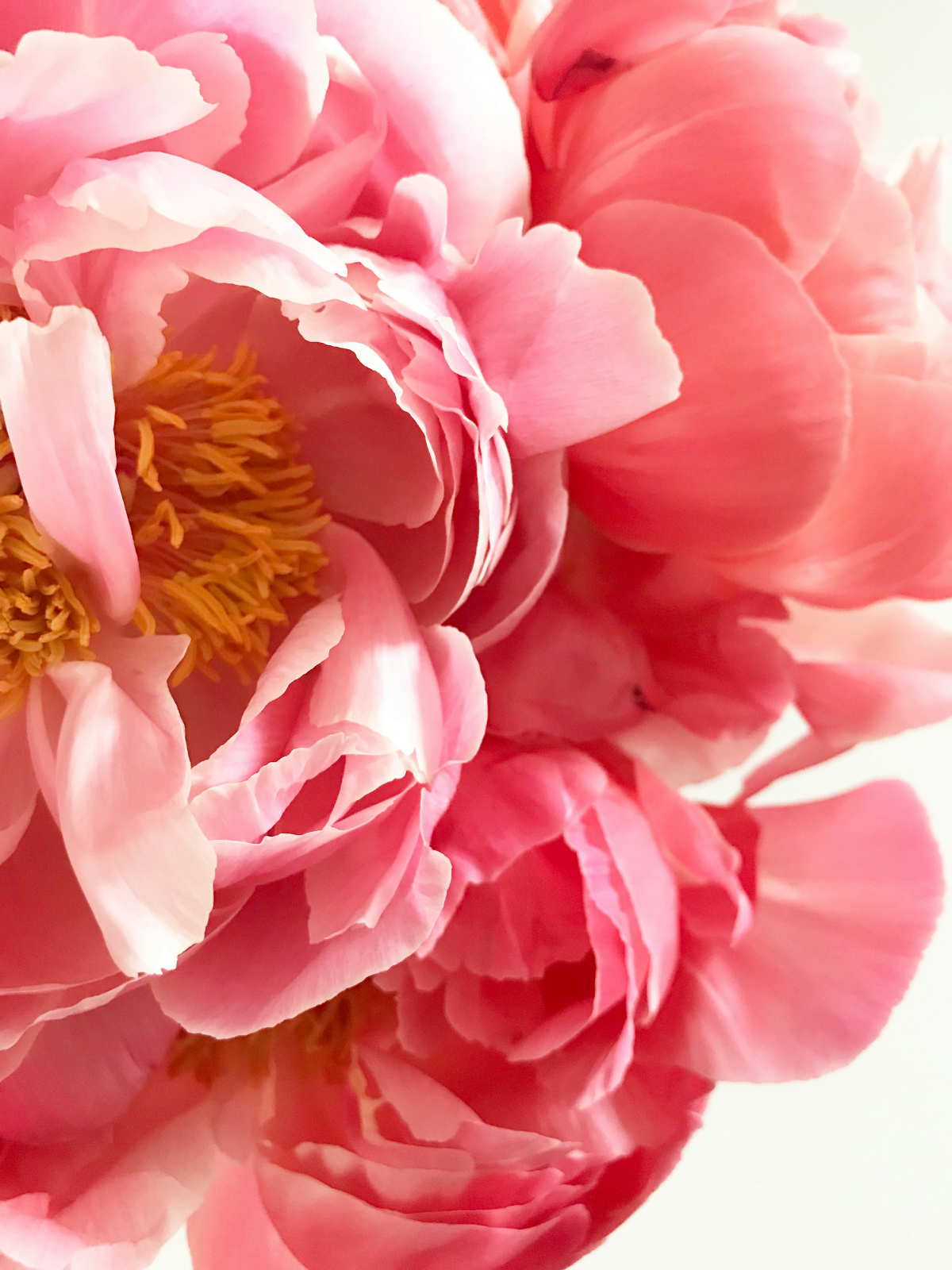
Those big, heavy double peonies will almost always flop over after a good rain. Staking isn’t really optional. The best way is to use a grow-through ring support. You put it over the plant when the shoots are about a foot tall, and they just grow up right through it. Invisible support!
What to Do After the Flowers Fade
This is a common question. Once a bloom is spent and looks ragged, should you remove it? Yes! It’s called deadheading. It keeps the plant looking tidy and, more importantly, stops it from wasting energy trying to make seeds. Just follow the flower stem down to the first set of full leaves and snip it off there. Easy.
Troubleshooting & A Quick Word on Pots
No blooms? Let’s run the checklist. Is it planted too deep? (90% of the time, this is it). Is it getting enough sun? Is it still young (give it 3 years!)? Did you use a high-nitrogen lawn fertilizer nearby? Is it fighting with tree roots?
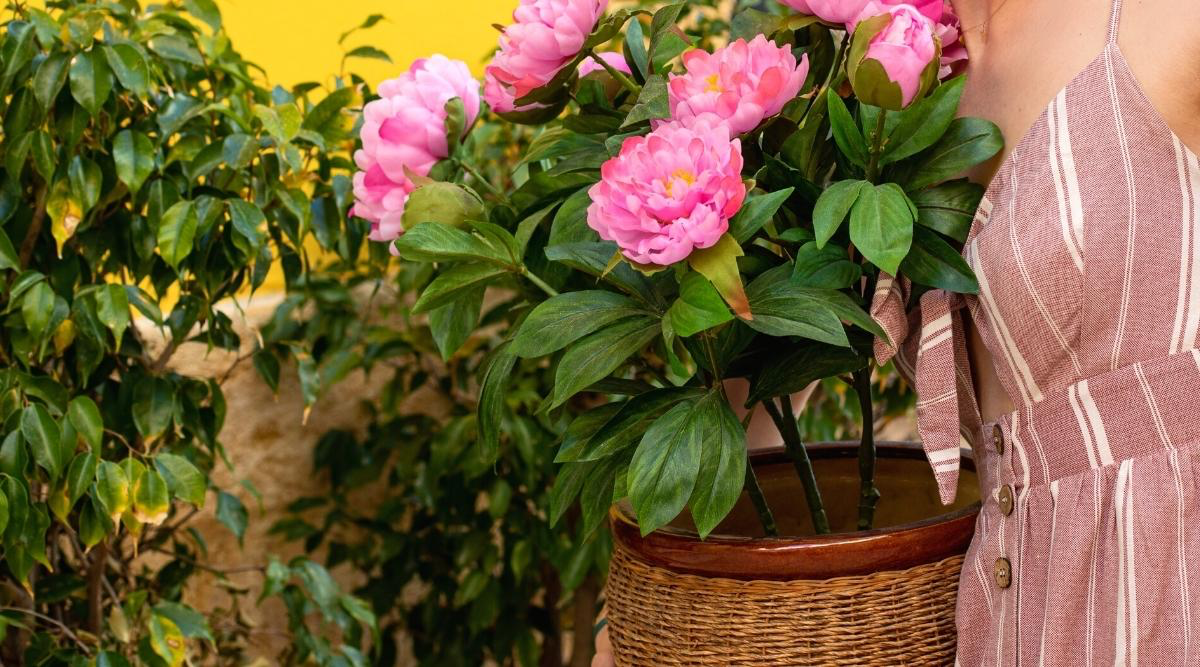
Ants on the buds? Don’t worry about it! It’s totally normal. They’re just sipping the sugary nectar the buds produce and don’t harm the plant at all. Just give the flowers a gentle shake before you bring them inside.
A quick word on pots: So many people ask if they can grow peonies in a container. The short answer is… it’s really, really hard. Herbaceous peonies have massive root systems that just can’t thrive long-term in a pot. If you absolutely must try, you’ll need a huge container (20 gallons, minimum), choose a less vigorous Itoh or compact herbaceous variety, and be prepared for a ton of extra work with watering and winter protection. To be frank, it’s a project for an expert gardener, not a beginner.
Finally, just trust the process. A new peony might not do much its first year. The second year, you might get a few more leaves. And then, in the third year, you get that first perfect bloom. It’s a journey, but the reward is a living piece of history in your own garden.
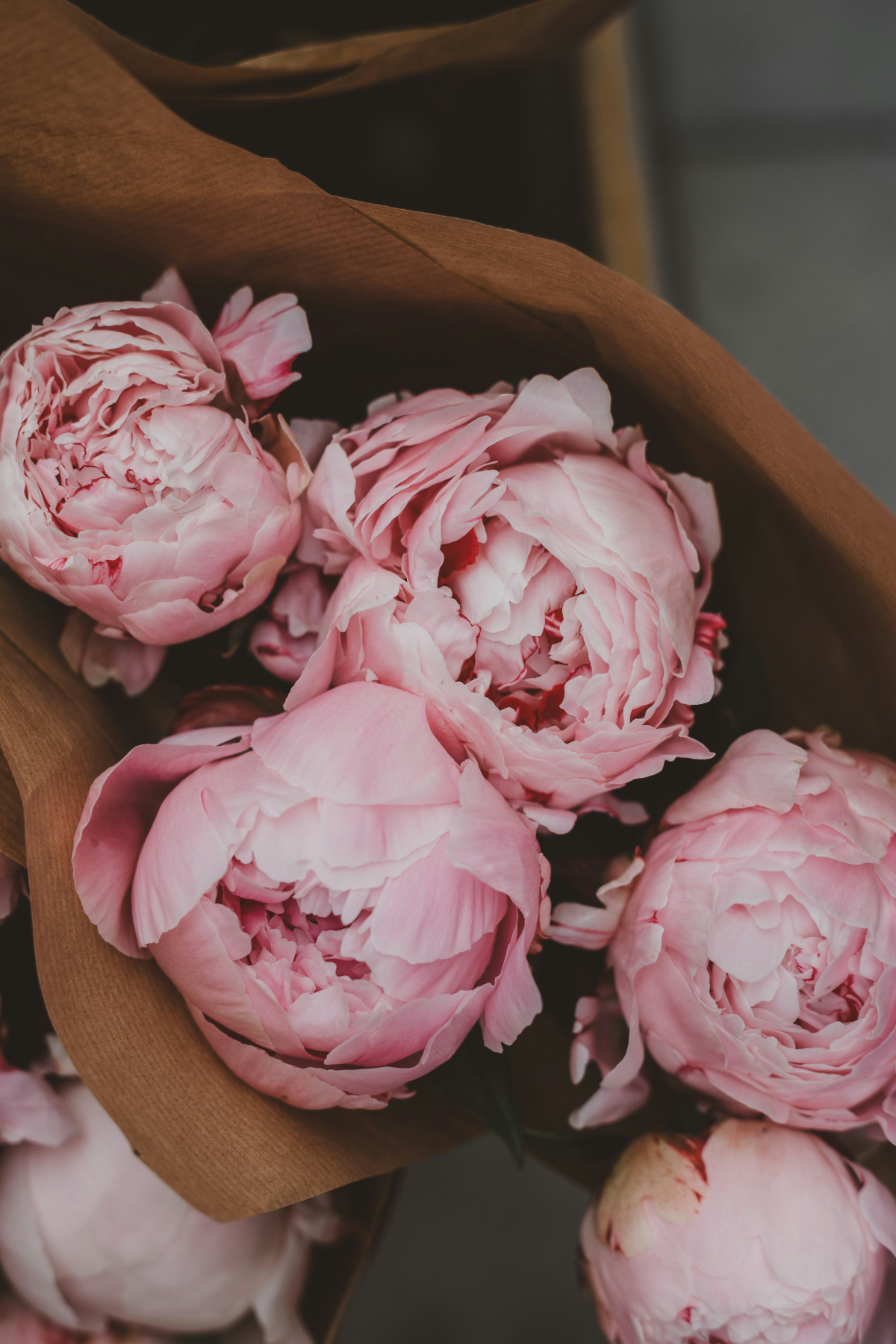
Galerie d’inspiration

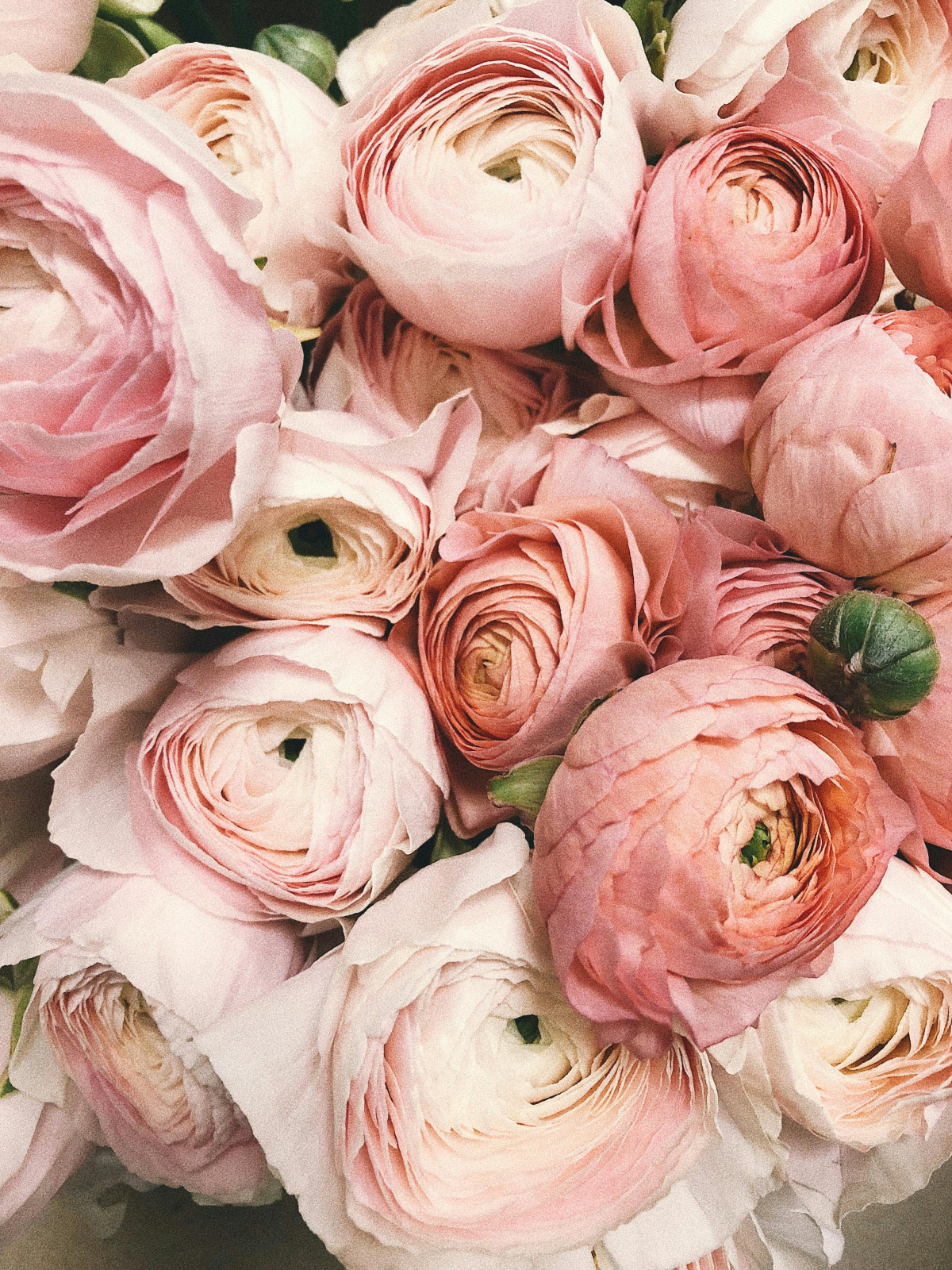
When choosing your peony, it helps to know the three main families. Each offers a different garden experience:
- Herbaceous Peonies: The classic garden favorite. Their stems die back to the ground each winter. Think of iconic varieties like ‘Sarah Bernhardt’ or ‘Festiva Maxima’.
- Tree Peonies: These are more like woody shrubs, keeping their structure year-round and growing much taller. Their flowers are often enormous and spectacular.
- Itoh or Intersectional Peonies: A fantastic hybrid of the other two. They boast the large, exotic flowers of a tree peony on the hardy, herbaceous habit of a garden peony, with strong stems that rarely need staking.
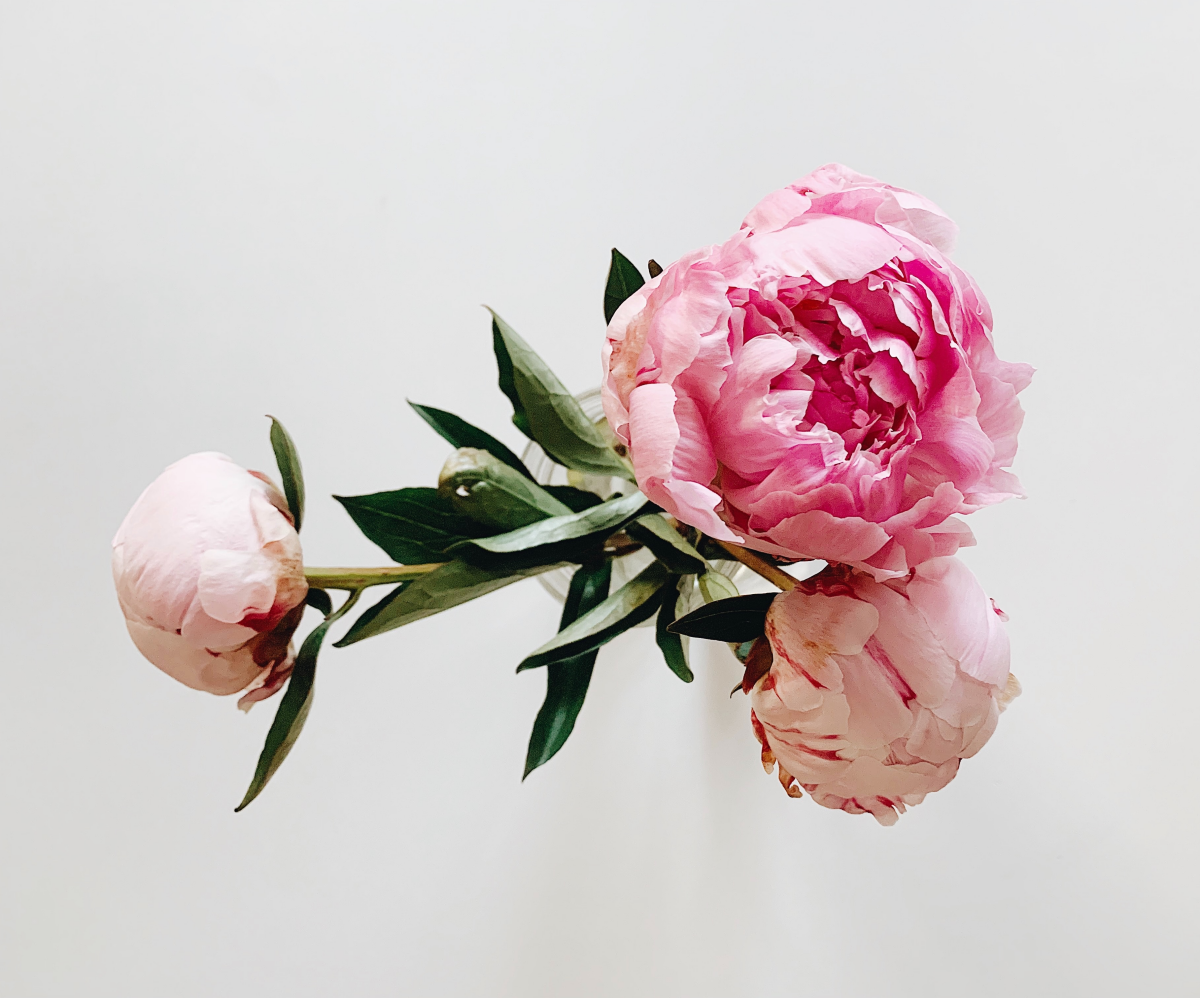
The relationship between ants and peony buds is a classic example of mutualism, not pestilence.
Panicking about the ants crawling on your peony buds is a rite of passage for new growers, but put the spray can down! The ants are simply sipping the sweet, carbohydrate-rich nectar the buds exude. They are not eating or harming the flower. In fact, some gardeners believe they help by chasing off other, more damaging insects. Once the flower opens, the ants will lose interest and move on.
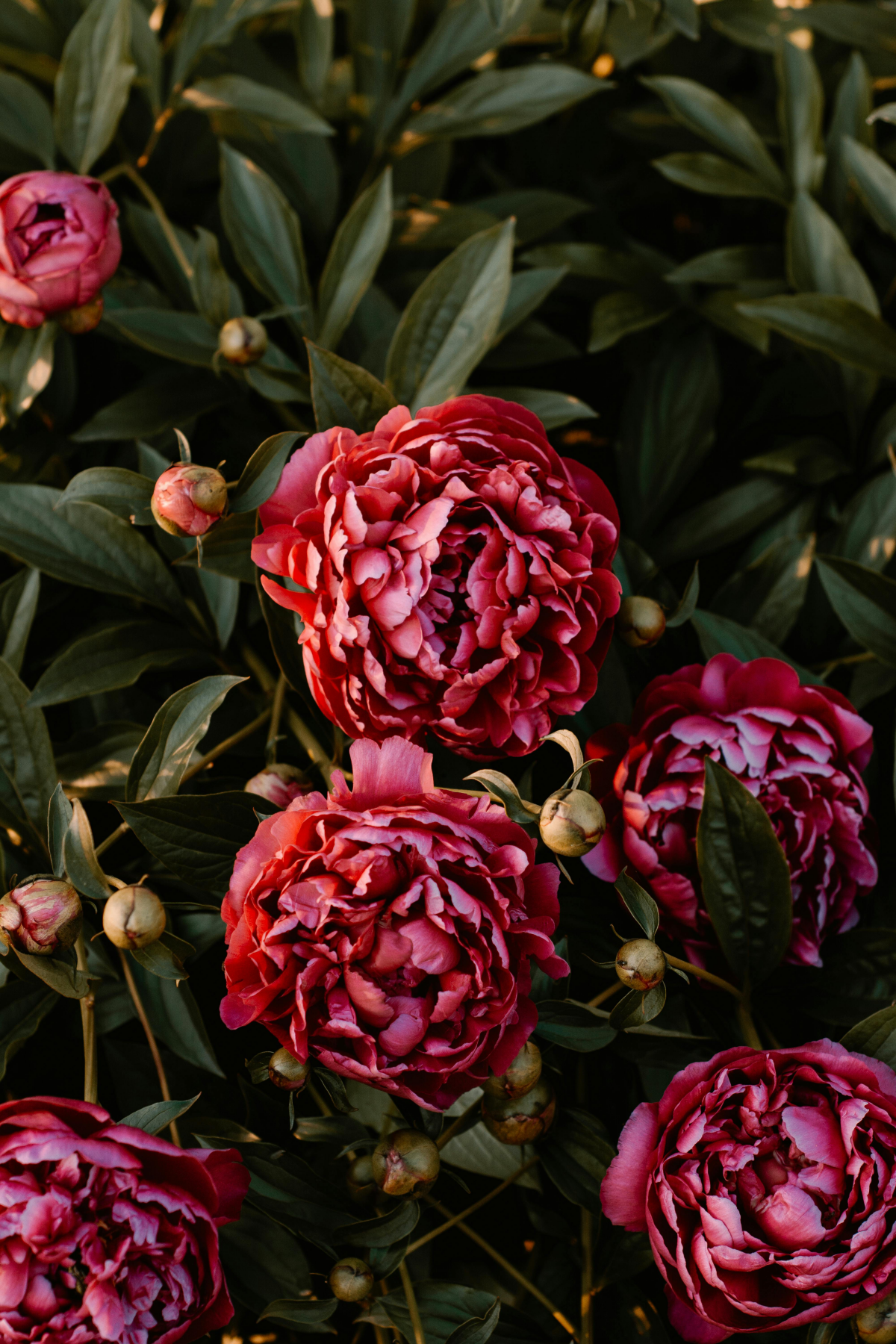
My peonies grow beautiful green leaves every year, but never any flowers. What am I doing wrong?
Assuming they get enough sun (at least 6 hours is non-negotiable), the most common culprit is planting depth. The tuberous roots have small reddish buds on top called ‘eyes’. These eyes, which will become next year’s stems, must be planted no more than 2 inches (5 cm) below the soil surface. If they are buried too deep, the plant will produce healthy foliage but will not have the energy to form flower buds. It’s a frustratingly simple mistake to make!
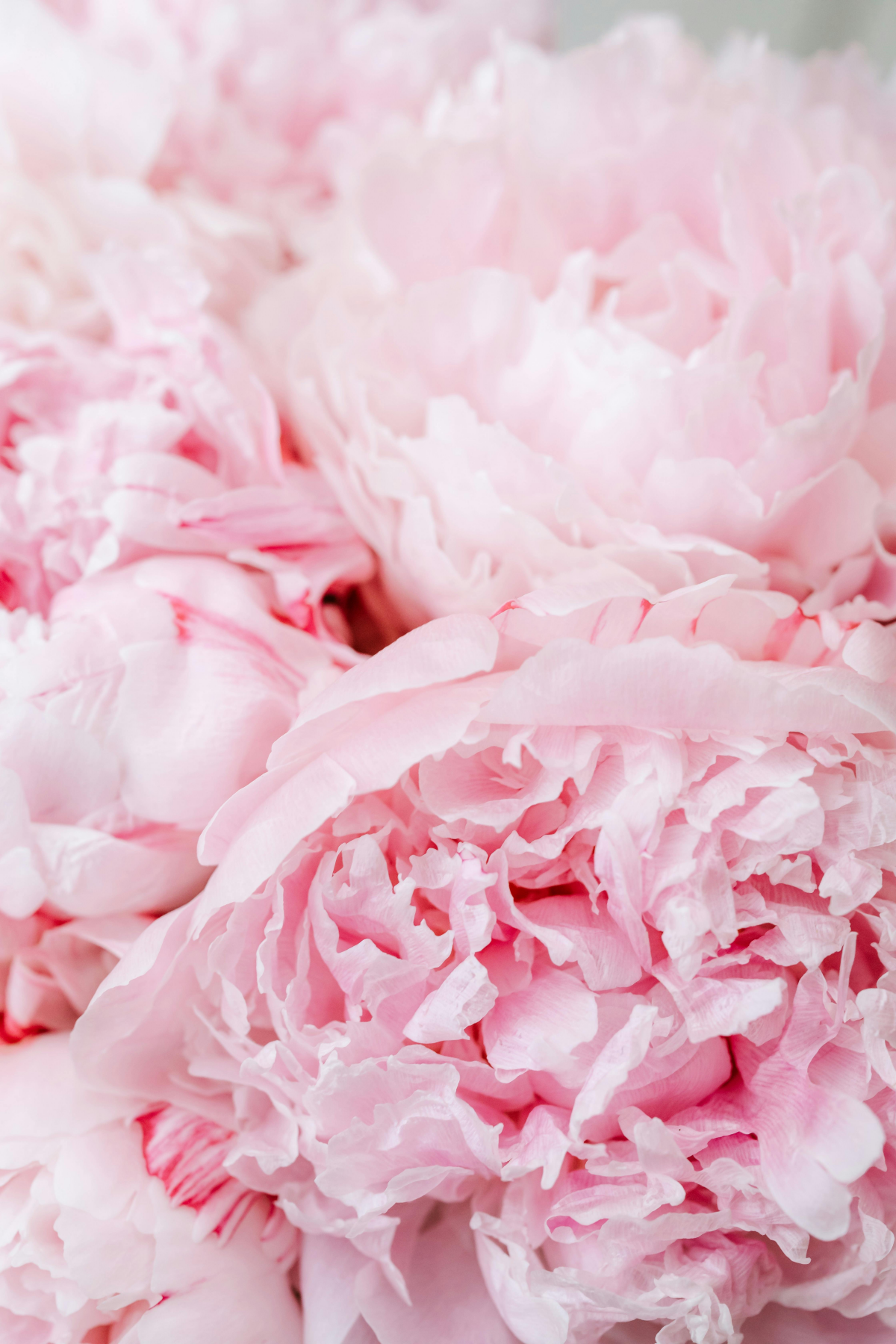
Bare-Root Tuber: This is the most common and economical way to buy peonies, especially heirloom or rare varieties from specialist growers like Hollingsworth Peonies. You’ll get a dormant root to plant in the fall. It’s a leap of faith that pays off in 2-3 years.
Potted Plant: Purchased from a garden center in spring, these are typically 1-2 year old plants that give you a head start. They cost more and the variety is often limited, but they provide more instant gratification for the impatient gardener.
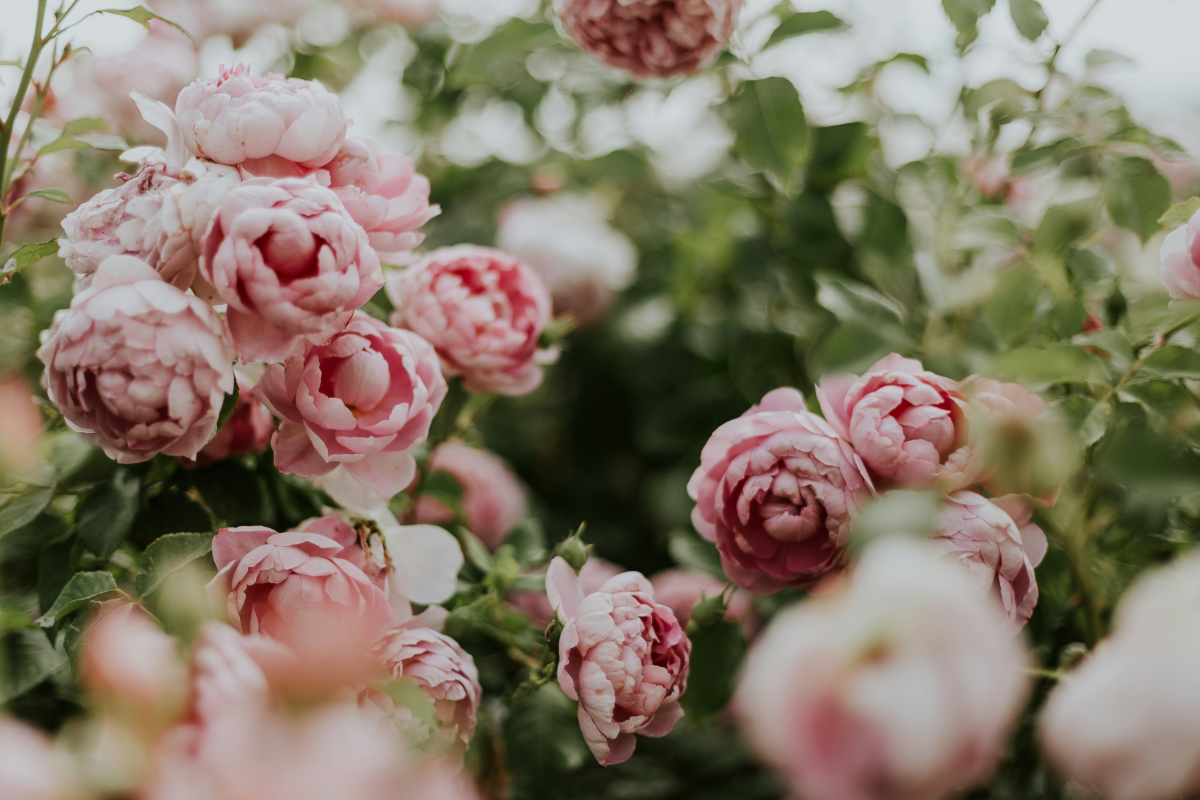
To truly elevate your peonies from a simple plant to a garden feature, consider their neighbors. Create a ‘peony season’ tapestry by planting companions that share their love for sun and well-drained soil. Spring-flowering Alliums can shoot up between emerging peony foliage for a stunning vertical contrast. For a classic English garden feel, try bordering them with the soft, silvery foliage and purple-blue flowers of Nepeta ‘Walker’s Low’ (Catmint), which will help hide the peonies’ less-attractive late-season leaves.
The single most important rule for a thriving peony: once you’ve found a spot where it’s happy, leave it be. Peonies absolutely resent being transplanted. Moving a mature clump can set it back for several years, often resulting in a multi-season flowering strike while it re-establishes its robust root system. Think of it less as a perennial and more as a permanent garden shrub.










